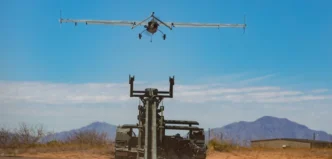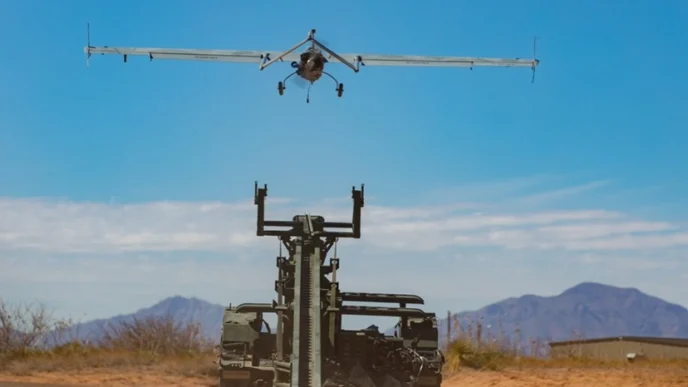Causal AI is changing how marketers forecast and adapt in real time.
The old way of marketing forecasting — plugging in historical data and expecting a straight linear projection — no longer works. Economic shocks, new AI-driven buyer behavior, and nonstop market shifts make long-term forecasts unreliable.
The shift? Causal AI acts like a GPS, not a static map. It updates constantly, reroutes around obstacles, and helps marketers navigate uncertainty instead of just planning on hope.
Legacy tools like marketing mix models and multi-touch attribution are breaking down because they assume the future mirrors the past and that relationships between variables stay stable. They don’t handle shocks like pricing changes, channel shifts, or macroeconomic swings well.
Here’s what causal AI actually does:
- Runs short-term forecasts that update as conditions change.
- Treats forecast errors as learning signals, not failures.
- Incorporates external factors like interest rates, weather, and competitor moves.
- Manages time lags between marketing actions and results accurately.
This approach turns forecasting into a real-time system, letting marketers adjust budgets and priorities on the fly. It moves marketing from optimizing a fixed plan to optimizing in motion.
Marketers have long been trained to think in linear terms. Historical data goes in; forecasts come out. The future isn’t a straight line anymore. It’s a feedback loop. And that’s precisely where causal AI thrives.
Causal AI reorients your approach from static prediction to rolling recalibration. Its strength isn’t just in its analytical horsepower — it’s in how it changes your operational mindset.
Forecast → Action → Result → Adjustment → New forecast
Causal AI keeps learning and adapting. Marketers don’t need to see six months ahead anymore. They just need to respond smartly when the road turns.
This is about being effective in real time, with causal clarity on what’s working and why. CFOs and CEOs demanding proof of impact can now get it — not just flashy dashboards.
Marketers using causal AI gain a live compass, not just a prediction. The future of forecasting is dynamic, responsive, and built for today’s volatile world.














